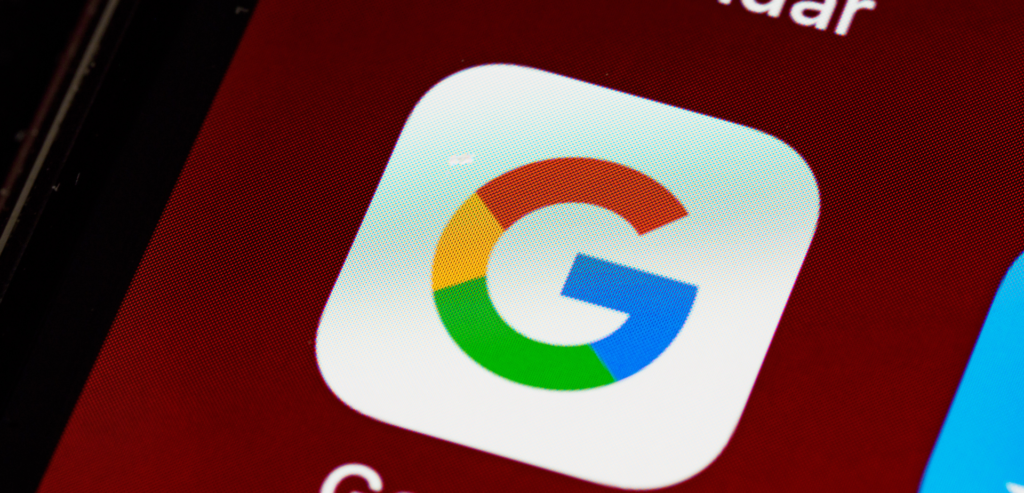When it comes to smart home devices, different options are flooding the market, each boasting its unique features. The second-generation Google Nest Hub, however, takes the cake with a distinctive ability: it can track your sleep using an embedded radar sensor. Join us as we delve into the fascinating world of Google’s sleep-tracking technology and explore the implications it has on our privacy and health.

Exploring the Google Nest Hub 2
At first glance, the Google Nest Hub 2 appears like any other smart home device. Equipped with Google Assistant and a seven-inch screen, it serves as a versatile tool for video calls, scheduling, weather checks, and music playback. What sets it apart is its built-in radar sensor, a technological marvel designed to monitor your sleep patterns.
Motion Sense Technology: Privacy-Friendly Sleep Tracking
The sleep suggestions generated by the Nest Hub 2 are a result of Motion Sense, a proprietary technology that analyzes subtle motions like breathing and body movement without resorting to invasive cameras. The radar sensor, named Soli, can even detect disturbances like coughing or snoring, as well as changes in light and temperature in the room. Google’s hardware team emphasizes privacy, assuring users that the targeted ads won’t exploite the data. It also secures that Google Cloud stores only anonymized sleep events.
The Soli Radar: Precision in Motion Sensing
Soli, the radar embedded in the Nest Hub 2, is not a newcomer to Google’s hardware lineup. It made its debut in the Google Pixel 4 phone, boasting the ability to sense motion as precise as a butterfly’s wings. According to Brandon Barbello, a Pixel product manager, Soli can achieve robust gesture recognition with sub-millimeter accuracy. It can run at an impressive 10,000 frames per second. As machine learning advances, the possibilities of Soli are limitless, hinting at future devices being even more invasive in tracking various activities.
Is Your Health Data Secure?
While Google aims to diversify its products beyond advertising, its foray into the healthcare category has been met with controversies. The acquisition of Fitbit raised concerns, and past incidents like “Project Nightingale” involving the secret transfer of medical data have cast shadows on Google’s commitment to user privacy. The lack of regulatory standards for healthcare devices further adds to the uncertainty surrounding the use of sensitive health data.
Uncharted Territory: The Future of Soli
As machine learning evolves, the Soli sensor’s potential expands. Google’s pursuit of detailed health data begs the question: Why does it need such intricate information, and to what extent will users trust the tech giant with their most personal details? The ongoing class-action lawsuit against Fitbit for inaccurate heart-rate monitoring highlights the need for independent certification in the industry.
The Mystery of Healthcare Devices
Google-powered devices permeate our lives. From healthcare to fitness and smart home devices, the volume of data at Google’s disposal is staggering. The article explores the lack of regulatory standards in the industry and poses critical questions about the ultimate purpose of data capture. Are we blindly trusting Big Tech with our health information, and what could be the consequences?
Medical Surveillance: A New Dawn
As we stand at the dawn of medical surveillance, the article encourages readers to consider the implications of widespread data collection through Google-powered devices. It prompts reflection on the potential risks and challenges posed by the evolving landscape of healthcare technology.
When it comes to setting up a VPN on Plusnet Hub One, the process is relatively straightforward. Follow these steps to ensure a secure and seamless VPN connection:
- Access Router Settings:
- Log in to your Plusnet Hub One router by entering the router’s IP address in a web browser.
- Enter your username and password to access the router settings.
- Locate VPN Settings:
- Once inside the router settings, navigate to the “Advanced Settings” or a similar section.
- Look for an option related to VPN settings. This might be labeled as “VPN,” “Security,” or “Advanced Setup.”
- Choose VPN Protocol:
- Select the VPN protocol you want to use. Common options include PPTP, L2TP, or OpenVPN.
- Consider the security and speed factors associated with each protocol.
- Enter VPN Details:
- Enter the details provided by your VPN service, including the server address, username, and password.
- Some VPN providers may offer specific instructions for Plusnet Hub One.
- Save and Connect:
- Save the changes and exit the router settings.
- Reboot the router to apply the new VPN settings.
- Test the Connection:
- Connect a device to your Plusnet Hub One network and check if the VPN is functioning correctly.
- Verify your IP address to ensure the VPN is active.
By following these steps, you can set up a VPN on Plusnet Hub One and enjoy a secure online experience. If you’re looking for a reliable VPN service, we recommend checking out ForestVPN for enhanced privacy and security.
FAQs
1. How secure is my sleep data on Google Nest Hub 2?
Your sleep data on the Nest Hub 2 is treated with utmost privacy. Google assures that the information won’t be used for ads, and only anonymized sleep events are stored on Google Cloud.
2. What is Soli, and how does it work in the Nest Hub 2?
Soli is a radar sensor capable of precise motion sensing. It analyzes subtle movements like breathing and body motion without using a camera, ensuring privacy in sleep tracking.
3. Is Google Nest Hub 2 compliant with healthcare privacy standards?
The article discusses the controversies surrounding Google’s track record in healthcare, emphasizing the need for regulatory standards in the industry.
4. How does Soli’s potential impact future hardware devices?
As machine learning advances, Soli’s capabilities are expected to grow, potentially leading to more invasive tracking features in future hardware devices.
5. What are the risks of using Google-powered devices for healthcare?
The lack of regulatory standards and past controversies, like Project Nightingale, raise concerns about the privacy and security of user health data on Google-powered devices.


